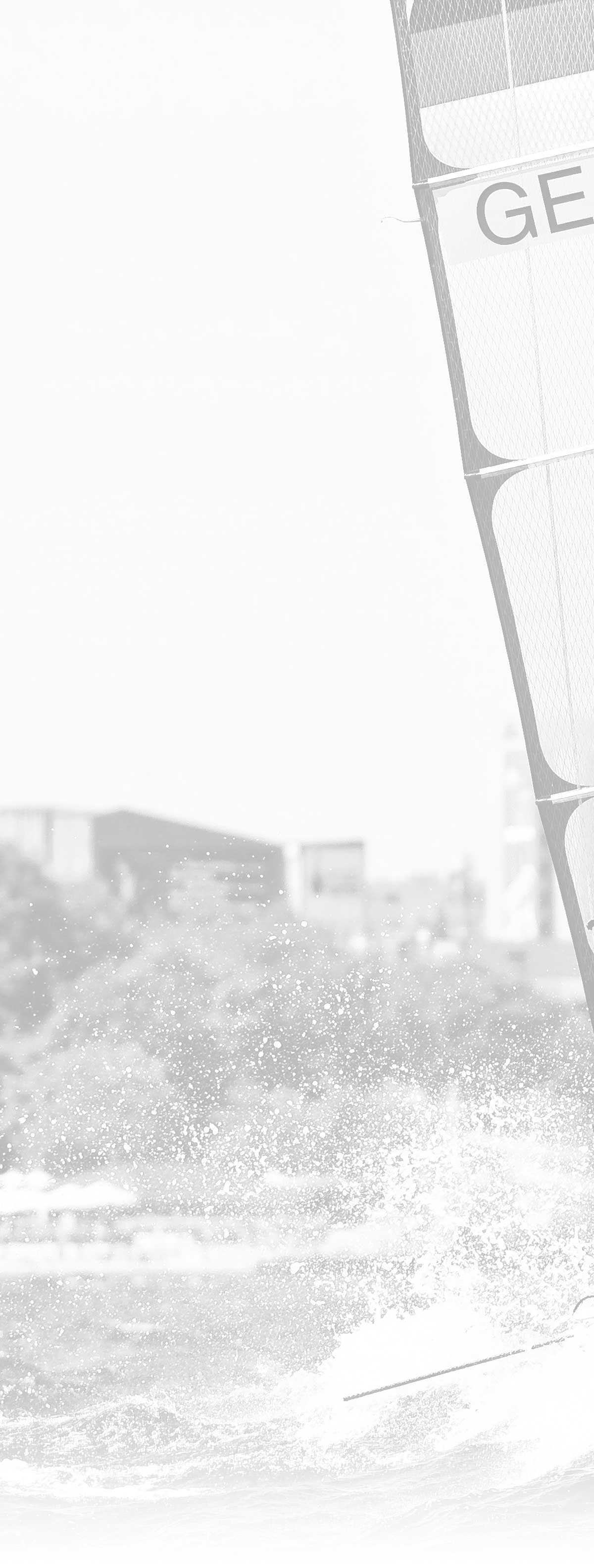| (This is a public re-posting of email content sent to all 49er and Nacra 17 sailors in September 2018)
Following the Nacra 17 class safety meeting in Gdynia, there has been continuous correspondence between the class, World Sailing, and Nacra Sailing on improving safety of Nacra 17 Racing. Some items have progressed and some remain in process. Here is an update:
Have Progressed
- Kevlar socks have been handed out to 17 sailors. No feedback yet.
- WS updated course configuration to avoid reach finishes (in Enoshima)
- Testing of moving rudders inboard has begun in the UK. Preliminary results are positive that we will be able to move the rudders inboard. We will do further testing to see how far inboard we can go, and then progress a spec change as quickly as possible.
Once the rudder position is fixed
- Testing of updating/altering the elevators will commence and could include
- Removal of torpedo from elevator
- Trim/blunt outboard edge of elevator
- Redesign/Build asymmetric elevator, to reduce outboard protrusion
- Increase elevator size to promote stability and suitability of settings for both upwind and downwind
- Cant rudders inboard
As an overall update for those who weren’t in Gdynia or are new to the class, there have been a number of serious and potential serious incidents while sailing the Nacra 17 since the reconfiguration to foiling.
The majority of the high risk incidents are from rudder strikes to sailors from being hit by their own boat when falling overboard. We are working to remove the rudder and elevator from the line of fire when sailors fall overboard, as you’ll notice from the above list.
Additionally, we request that all our sailors are vigilant in trying not to fall overboard by:
- Be cognizant of the risks of falling overboard – treat safety as professionally as you treat performance
- Checking trapeze bails are not corroded or bent
- Don’t tie down your boats using the trapeze bail, or the trapeze system at all if possible. If you need to use any aspect of your trapeze system to tie down your boat, use the rope section to tie to instead of the bail. Tying down a boat can overly stress the trapeze system as loads can be significantly higher than the body weight of a sailor.
- Inspect all aspects of your trapeze systems, and replace any worn lines
- Always sail with covered legs and arms, at a minimum of protection
- consider wearing cut resistant protection on the lower body. Most foil strikes have occurred to legs, with the worst injuries being to the backs of legs/knees where there is least chance of a strike deflecting the body away
- Carry a pealess whistle to help alert support
- Have an emergency plan with coaches, team mates, training partners, and sailing venue staff when racing or training. Ensure there is an efficient and commonly known emergency plan should a serious injury occur including communication strategy from sea to shore, and an understood meeting point between a boat returning to shore and emergency services
- Ensure the bright portions of your helmet are clearly visible in rough conditions
- Consider brightly colored gloves to help attract attention in the water
Finally, if there are team leaders or coaches in your MNA that should have this update, please send it to them. If any sailors, coaches, or team leaders wish to discuss any aspect of safety of the class, please bring your suggestions or thoughts to us. As a group we must work together to improve the safety performance of our racing and training. |
